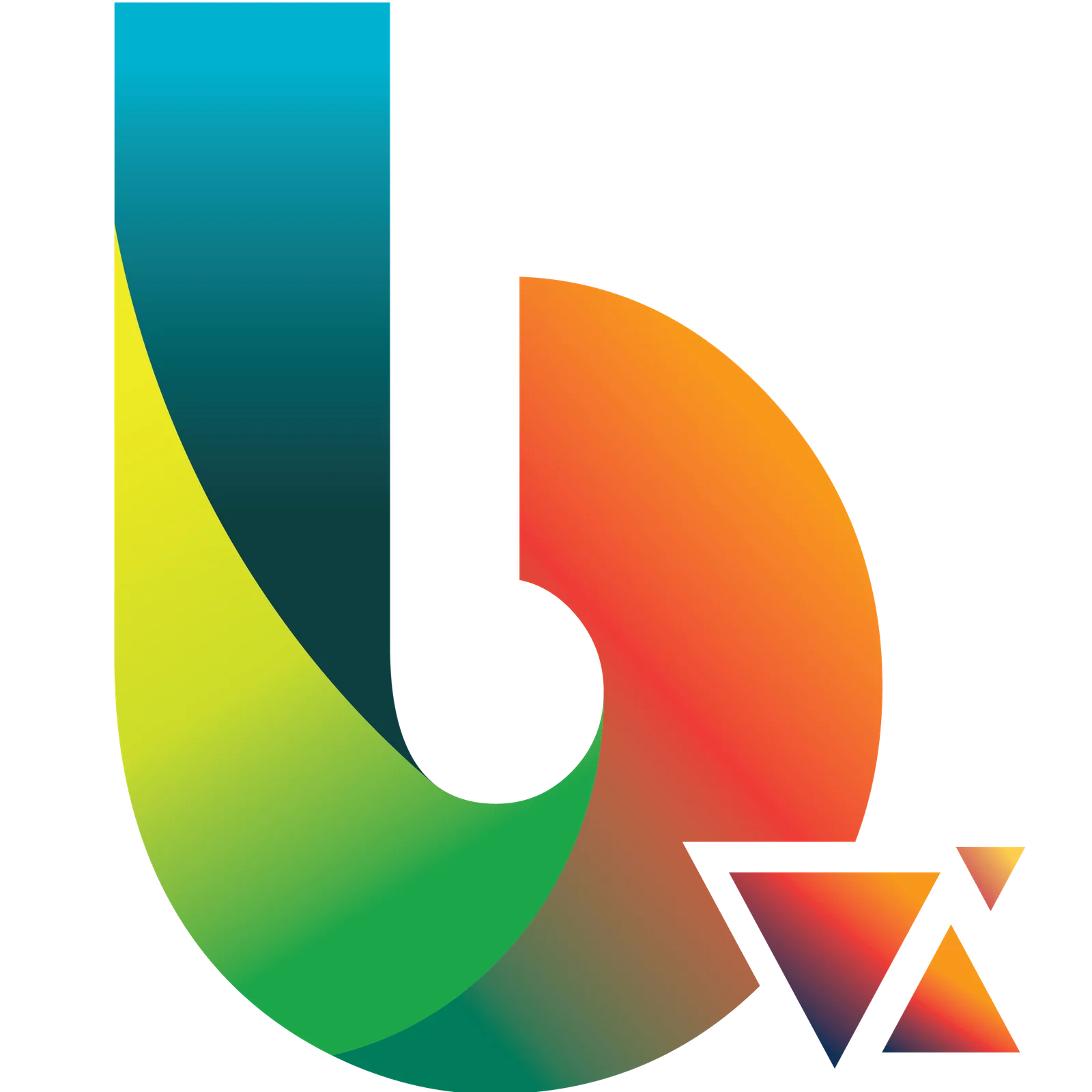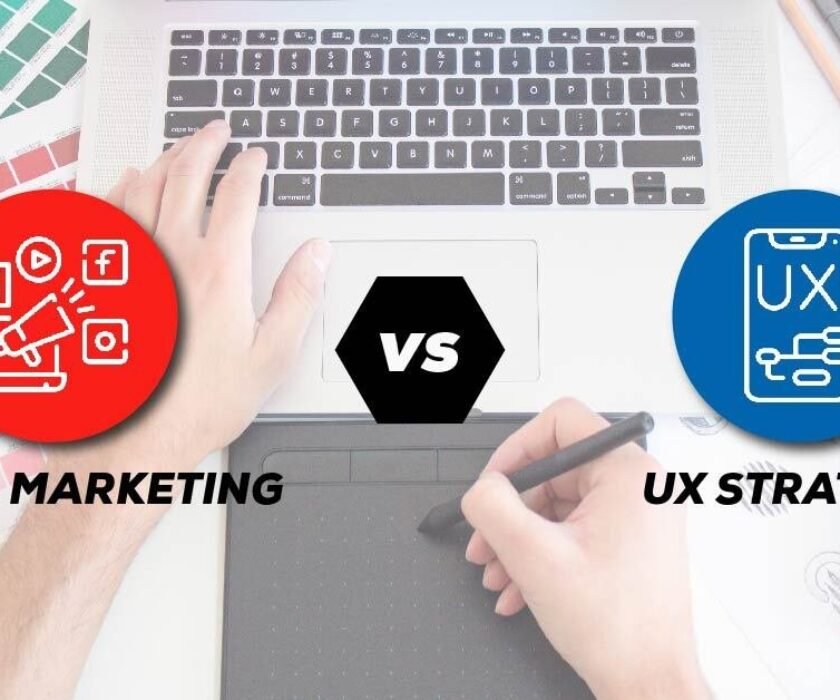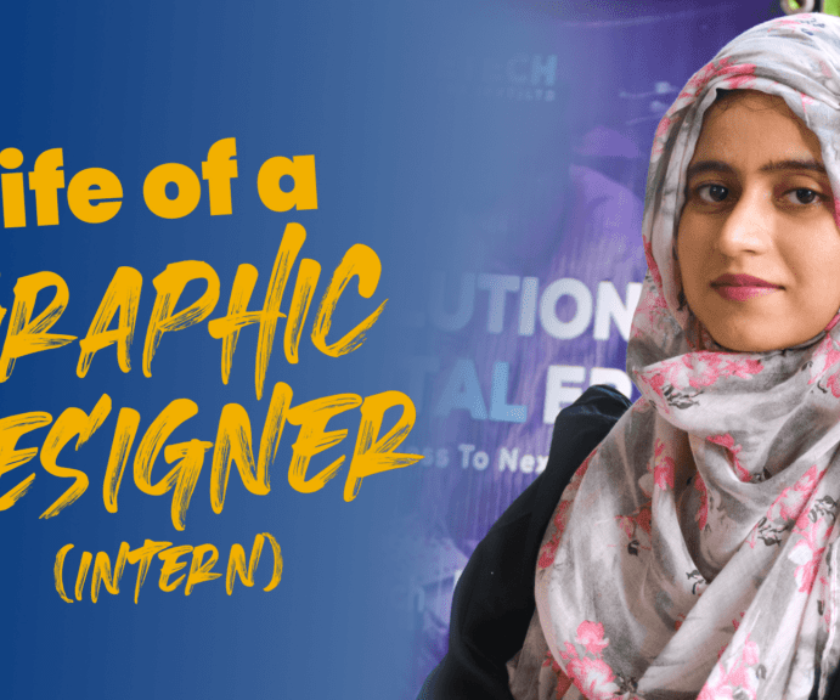Ever wondered what the life of a graphic designer looks like? Thinking about pursuing graphic designing as a profession?
Graphic designers are usually the person who is asked the most random question, like what exactly do you do? What is graphic design? What do you make? What is its purpose of it?
Or people often consider them the one who makes just logos, and deep down, designers are exhausted from replying to them.
Apparently, a graphic designer’s life is a mystery for many people. People often consider them fancy creatures who make imaginative things come to life.
But this blog sheds light on the life of an graphic designer intern in an office environment.
Who’s a Graphic Designer?
A graphic designer is a professional typically working in an advertising and digital marketing agency who creates creative visuals that communicate appeals and deliver messages or evoke interest among the targeted audience. Their tasks typically revolve around creating social media posts, banners, website UI, billboards, and printing materials.
People usually start their graphic design career with Internships. We all know Internships are a jumpstart towards building a career and portfolio, mainly when you are in a design field. The more you practice, the more your work is efficient.
So giving you the best idea of the job, let’s move ahead and reveal to you the life of a graphic designer intern!
Life of ByteTeck’s Graphic Designer Intern
Habiba Asim works as a graphic design intern at ByteTeck Consulting. Habiba heads to work at the office on time, around 9:00 am, and her day typically starts with a standup meeting heeded by the daily update of her tasks of the day before and an update about the tasks she will complete on that day.
Habiba then checks her emails and pending tasks and uses the project management tools to evaluate her daily tasks and prioritize them. Since her profession mandates a lot of research, her research goes side by side to accomplish the target goal and provide quality deliverables daily.
Since, for now, she is serving her duties as a graphic design intern, she mainly follows instructions from her senior or team lead of the graphic design department.
When asked what her approaches are to completing a task? She said that brainstorming with her seniors helps and drives her with different conceptions when she gets clung to ideas and creativity.
A graphic designer’s life is about multiple modifications until the client, or the director approves the final draft, so it is one of the feature significant parts of graphic design and challenging too.
What is Graphic Design For Habiba Asim?
When asked from the intern regarding her views of what design is to her and her viewpoints being a graphic designer or this creative profession she quoted:
For me, Design is not about making things look pretty. A Graphic Designer is often judged on the strength of their creative solution- Habiba Asim (Graphic Design intern).
Daily Tasks of Graphic Designer:
A graphic designer creates visual communication elements for digital and printing platforms. Let’s have a look at their day-to-day tasks.
- Designing social media posts
- Motion graphic design
- Website UI design
- Thumbnail design
- E-book, catalog, trifold, brochures, menu, designs
- Stationary and packaging designs
- T-shirt designs
- Illustrations
What Does It Take To Be A Graphic Designer?
To be honest, graphic designing is about the game of love and thirst for art, creativity, colors, and fonts. Many people are born creative, while A lot learn it through inspiration and coursework.
To be a graphic designer, a professional degree in communication design or graphic design is a plus point to the resume. Moreover, a course or certification in graphic design would also do marvels to kickstart a career in graphic designing, and, of course, lots of practice and internships are an add-on.
Last but not least. How can we forget the portfolio? A graphic designer can not run without a strong portfolio, mainly for aspiring graphic designers. It is mandatory and a bonus! Whatever the designer works on gets into the portfolio.
Your potential future employers could quickly understand your abilities and talents by skimming your past projects and achievements from your portfolio.




